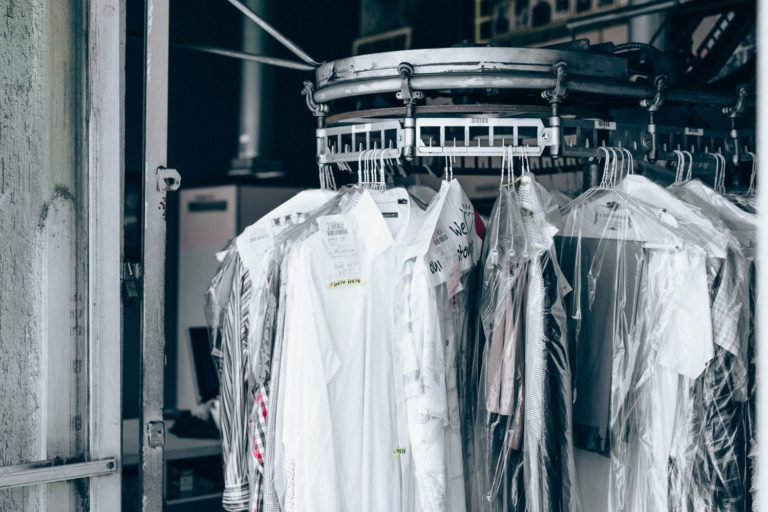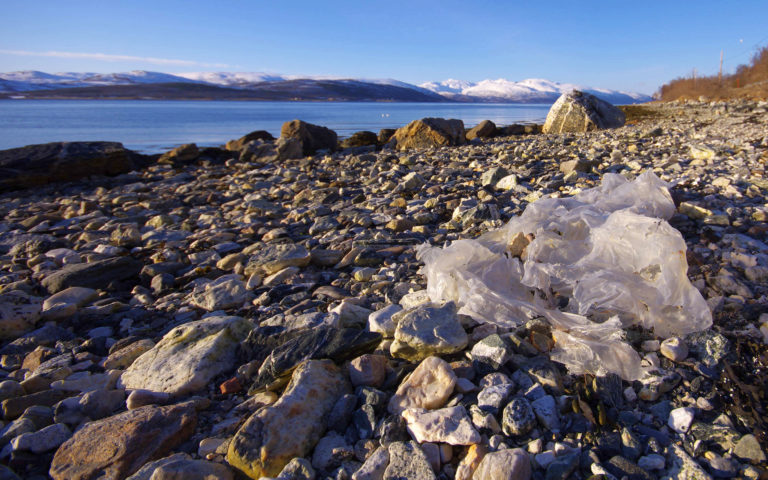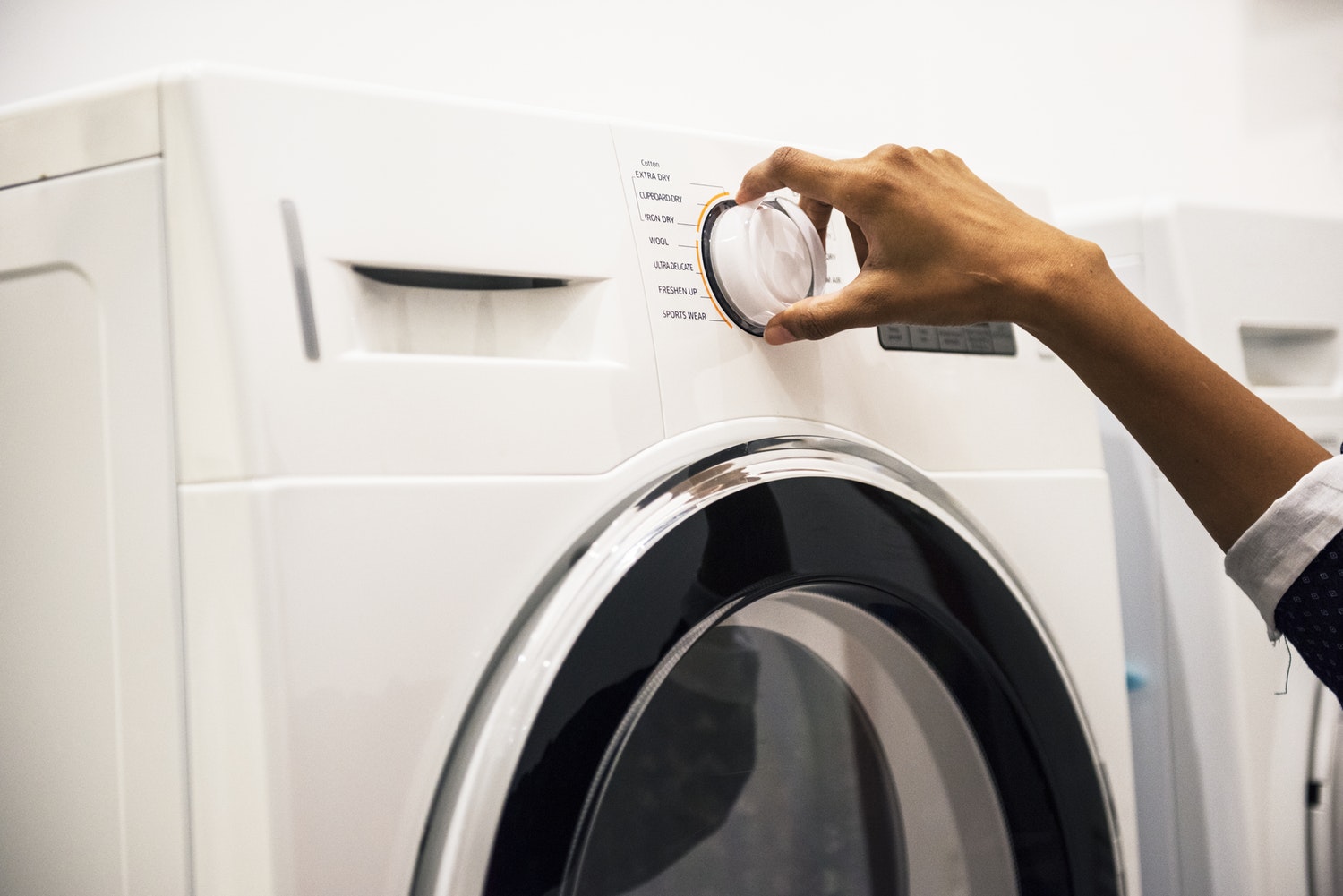Throughout history there are numerous examples of substances, products and practices that have changed the way we live. Products, which at first have been revolutionary, miraculous even. And seemingly without consequence.
Large-scale burning of fossil fuels to power industry, our homes and cars for example, or the smoking of tobacco for medicinal and spiritual uses. It wasn’t until scientists started to look at the impact of these things on us and our environment that we slowly started to learn that when it comes to miracle products there is no such thing as a free lunch, as it were.
And now it seems the fashion industry is having its moment of realisation about the long-term impact of synthetic fibres. There is no question that synthetic fibres such as polyester and nylon have revolutionised the clothes we wear, from every-day items through to specialist activity clothing. But they are made from plastic and only now are we beginning to learn the consequences of large-scale use of synthetic fibres.
Synthetic fibres have become so common that more than 60 per cent of modern clothing now contains them. Their use by textile manufacturers increased by 300 per cent to 42 million tonnes a year between 1992 – 2010.

But when you wash clothes made using them, tiny pieces of the synthetic fibres break off and are washed down the drain. In fact, washing clothes that contain these fibres has been identified as the single biggest source (35 per cent) of primary microplastic pollution entering our oceans every year. That’s about 875,000 tonnes of microscopic fibres from our clothes entering the sea every year. When you consider how small a single microfibre is, that is a truly gargantuan amount.
And once they’re in the oceans these fibres are eaten by all kinds of creatures. Scientists are finding microscopic pieces of synthetic fibres in plankton right up to the largest marine mammals. Scientists have yet to tell us conclusively that there are direct health consequences for us of eating fish and seafood that has eaten plastic fibres. But do we really need to wait to know that there could be and that it’s wrong and we should try to stop it happening? And yet, no one seems to be doing much of anything to stop it.
There are a few companies that have expressed concern, and some are actively researching alternative fibres to use in their products, or ways to prevent tiny fibre fragments breaking off during the laundry process. Other companies are developing after-market products that could help stem the flow of fibres from our washing machines.

But there is no coordinated action. No politicians are seriously looking at the issue and the washing machine industry is happy to wash its hands of it. It would be catastrophically expensive to fit microfibre filtration to waste water plants and frankly, the suggestion that we should all just wash our clothes less, stinks!
It is my belief that the quickest and most cost-effective solution to this issue is to fit all new washing machines with filtration systems to stop the pollution at source. That’s not to say that the fashion industry doesn’t have a role to play in researching and producing fibres that don’t disintegrate or degrade as part of the laundry process. It should. It should also look to source more fibres from natural or sustainable sources and embed truly sustainable processes during production to reduce water, carbon and effluent footprints. But more must be done, and time is not on our side.
There is a growing body of scientific opinion that washing machine filtration is the way to go. The Rochman Lab, at the University of Toronto, is arguably the most active and vocal on the issue. A recent research programme looked at the effectiveness of several after-market devices in preventing microfibre release from washing machines. It concluded they could be highly effective. Another study will fit after-market filtration to 100 washing machines in Parry Sound to monitor the results.
In the UK, my company, Xeros Technology Group, is working with the University of Plymouth to validate research on our own filtration system. We have shown that it is possible to capture 99 per cent of the microfibres that would otherwise be washed down the drain and into our rivers and oceans.
Last year, we polled more than 1,100 people in the UK to get a sense of how consumers view this issue. The first thing to note was how concerned people are about plastic pollution. In our poll it ranked as their number one environmental concern, identified by 92 per cent of people.
But despite that there is an alarming lack of knowledge about the plastic microfibres shed from clothing. More than half of people told us they didn’t really know that washing their clothes led to tiny pieces of plastic ending up in the sea and being eaten by fish. So, at a very basic level, industry and politicians MUST make people more aware of the issue.
We went on to ask what solution people might prefer and gave them options from avoiding buying clothes containing synthetic fibres, legislation to limit the use of synthetic fibres, washing machines fitted with filters or installing filters at water treatment plants. And the majority (82 per cent) went for washing machines fitted with microfibre filters. They also said they would be happy to pay more for washing machines fitted with them.
I believe that effective microfibre filtration, by which I mean systems capable of capturing 99 per cent of microfibres, need not be expensive. But we can’t expect only consumers to pick up the tab here. Squaring the sustainability circle is not just their responsibility. What’s more, given a choice between a slightly more expensive washing machine, capable of preventing microfibre pollution and a cheaper one that isn’t, too many people would naturally opt for the latter.
RELATED ARTICLES:
 30 Day Plastic Challenge – A plastic-free lifestyle
30 Day Plastic Challenge – A plastic-free lifestyle

Why Sustainability is Good Business for Fashion Companies
So, here’s a thought. Until the fashion industry collectively comes up with a truly sustainable, non-polluting alternative to current synthetic fibres, could it pay a small levy to fund the cost of microfibre filters in washing machines? And before the industry throws up its arms in horror, let’s be clear we are talking about a very small cost as a tiny percentage of the turnover of a truly global industry worth $2.5 trillion.
In reality, this could be a very smart way for the industry to help clean up not only its image, but the plastic pollution in our oceans. By making washing machines the front-line in the battle against the plastic pollution generated by the fashion industry, the industry would be taking positive action to end this form of unseen and potentially harmful pollution.
Every day we are all unwittingly feeding the contents of our wardrobe to fish via our washing machines. In my mind, the challenge of plastic entering the ocean in this way sits alongside climate change as one of the most urgent and pressing issues that we MUST tackle now.
And while there is no such thing as a free lunch it wouldn’t cost the earth to stop your next seafood dinner coming with a side of underwear or sports coat.
Featured Photo Credit: Rawpixel on Unsplash
Editors Note: The opinions expressed here by Impakter.com columnists are their own, not those of Impakter.com












